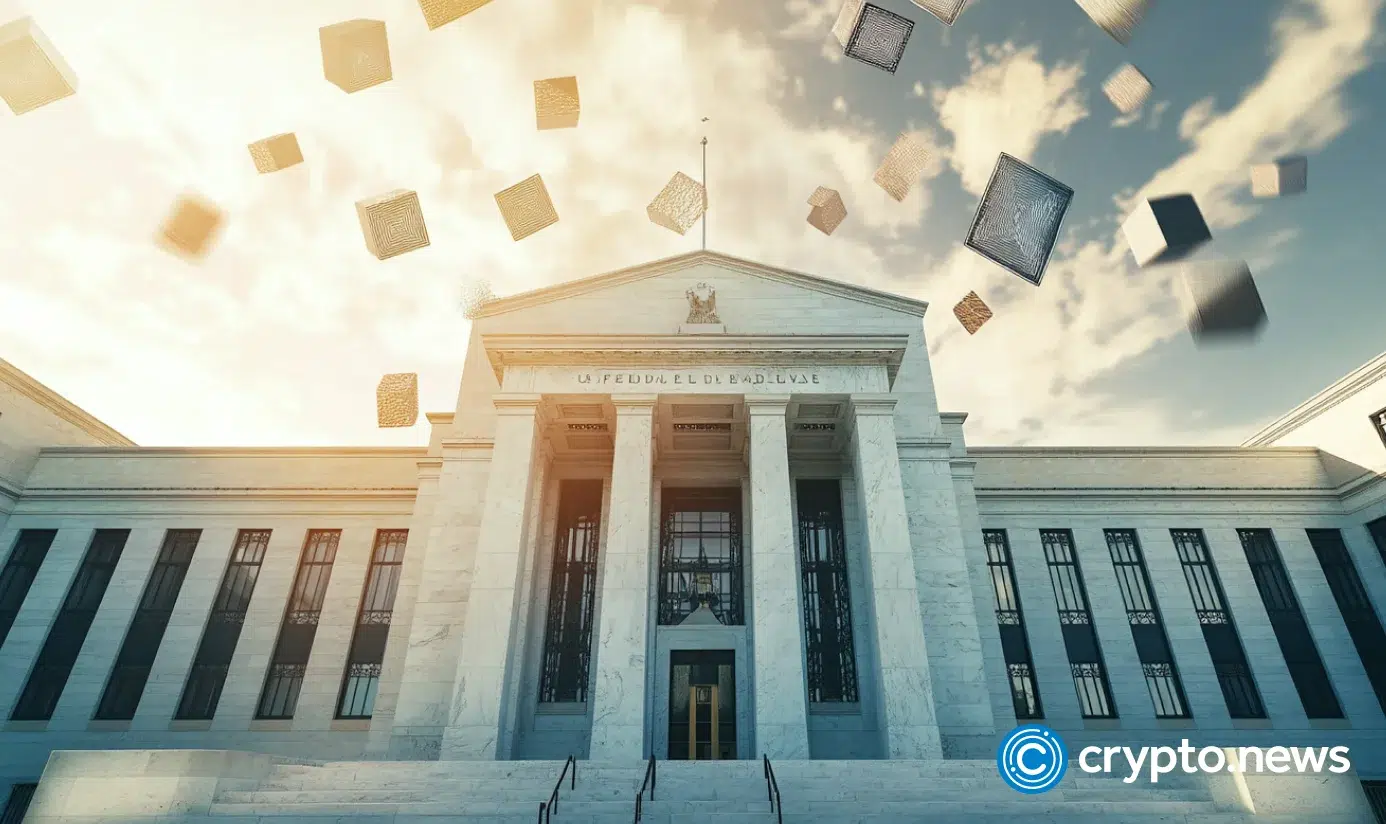
When Federal Reserve official Neel Kashkari appeared on CNBC and said the Fed has “tools to provide more liquidity to the market,” Crypto X instantly interpreted this statement as a vow to print dollars. If it happens, what are the implications for Bitcoin?
It is not clear if the Fed will use its tools to add liquidity to the market. Agency officials continue to reinforce the idea that they are not in a hurry to take any action regarding the ongoing tariff chaos.
The Fed wants to see the results of negotiations between the U.S. and other countries, Kashkari says.
Yet, the Fed is satisfied with the improving CPI inflation rate (in March, it reached 2.4%) and will not prioritize any other task before it fulfills its mission of bringing inflation to a 2% rate.
For the first time in five years, prices saw a monthly drop of 0.1%.
The Fed will likely deflect from cutting interest rates to keep pushing inflation down, while Trump hopes that the Fed will cut the rates to help the markets.
Many experts agree that Trump wants to weaken the dollar to boost exports and offset the trade deficit. Kashkari doesn’t see the trade deficit as something extraordinary for the U.S.
The disagreement on the interest rate led to a slow-burning conflict between Trump and the Fed Chair, Jerome Powell. Reportedly, Trump seeks to terminate Powell through the Supreme Court before his term ends.
The U.S. president can’t fire the Federal Reserve Chair without cause.
Will the Fed add liquidity to the markets?
The short answer is “not yet.”
Kashkari said the Fed has the tools to provide liquidity, but he noted that the agency won’t intervene until it is clear that the market cannot correct itself. And the 90-day pause on tariffs doesn’t add clarity to the situation.
Considering that the fear index is high and a recession is likely, the Fed could have been more proactive and cut rates to encourage people to enter the markets and inject the economy with liquidity.
Rising bond yields signal a weakening economy, and Kashkari admitted that the Fed is paying close attention to this market.
However, the policymakers keep waiting. To prevent the premature increase of liquidity that might have boosted inflation and saved the markets from total collapse, they need to act accurately, which is not easy in the conditions of the tariff policy that makes little sense to many people.
Kashkari notes that the decline of the U.S. dollar during turbulent times is unusual. He sees it as the shift in investors’ preferences.
The Fed finds itself in a no-win situation. The inflation rate is still above the preferred 2% level, while keeping the interest rates high leads to higher mortgage interest and problems in refinancing the national debt.
How does inflation affect the crypto market?
If the Fed decides to draw liquidity to the markets, it is not clear which method the agency will use. The crypto X community reacted to Kashakari’s interview pretty unambiguously, suggesting the Fed is going to print money.
Kashkari mentioned a different tool to add liquidity.
He said Standing Repo Facilities, or domestic standing repurchase agreement facilities, are a backstop measure that keeps overnight interest rates in check and provides liquidity in the form of Fed funds against US Treasury debt and mortgage-backed securities.
But the short-term inflation influx is probable, and the Fed’s task is not to let it spiral into long-term inflation.
In recent years, inflation spikes have stimulated the growth of cryptocurrencies as people start to look for alternative ways to save and invest money. So, in general, times of economic turbulence are seen as an opportunity for the crypto market.
A vivid example is the rise of the crypto market following the grandiose sell-off triggered by the announcement that COVID-19 gets a pandemic status.
Bitcoin’s supply keeps on increasing. Thus, we can speak about Bitcoin’s own inflation, but the new BTC units hit the market with ever-declining speed and will eventually stop at the 21 million mark. It makes Bitcoin different from fiat money printed by central banks.
As a top crypto with a fixed supply, Bitcoin may be seen as a hedge against inflation. Its inclusivity, global accessibility, and independence from the government leverage trust in Bitcoin, while traditional institutions and governments lose people’s trust during inflation sprints.
While Bitcoin is deflationary, the supply and demand mechanism makes its value volatile in the short term. Many point to Bitcoin’s long-term ability to accumulate value, which makes it a store-of-value asset.
While the Bitcoin-stocks correlation exists, it can be called defining, so Bitcoin can still be an alternative to traditional investments.


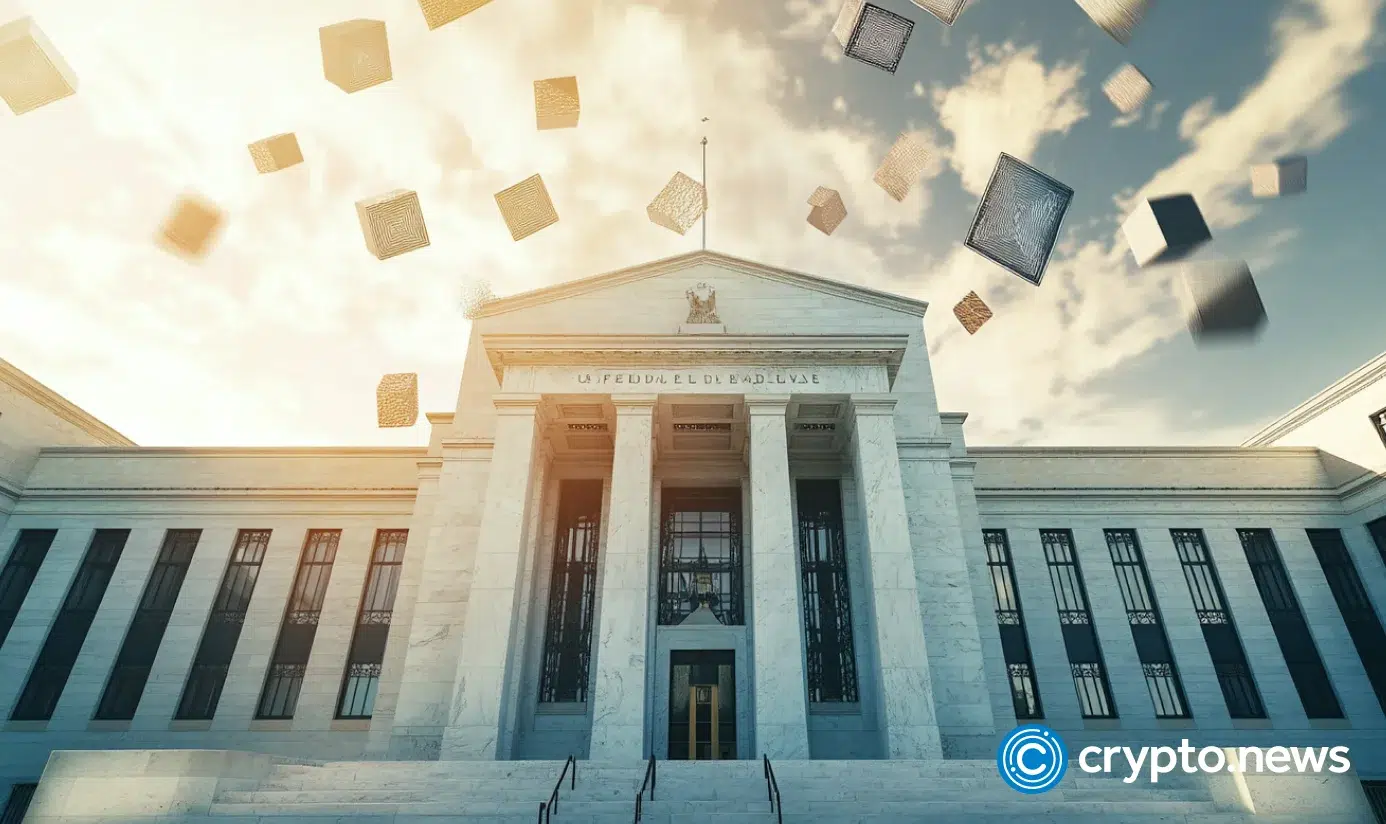
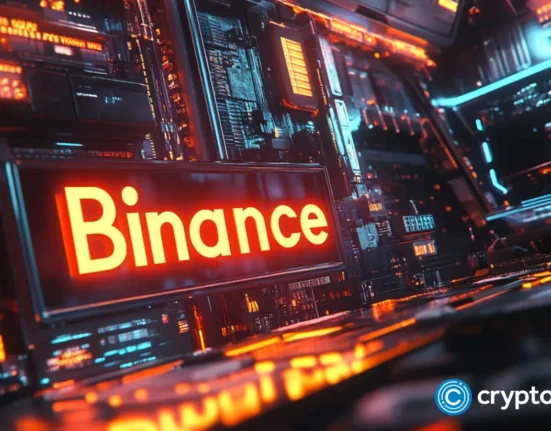
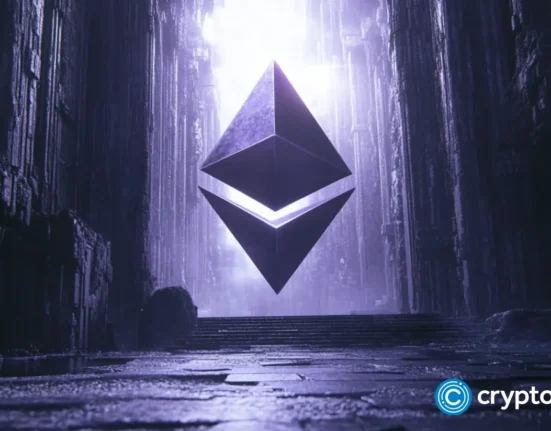

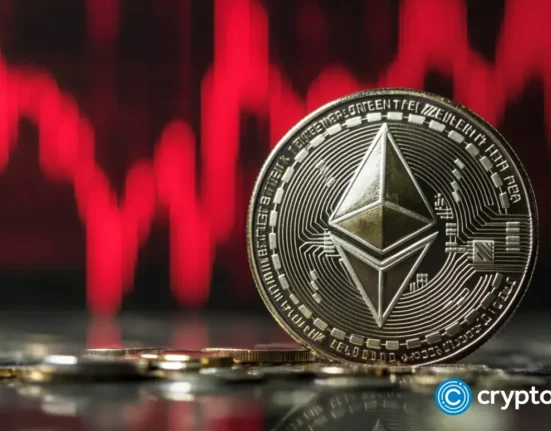


Leave feedback about this